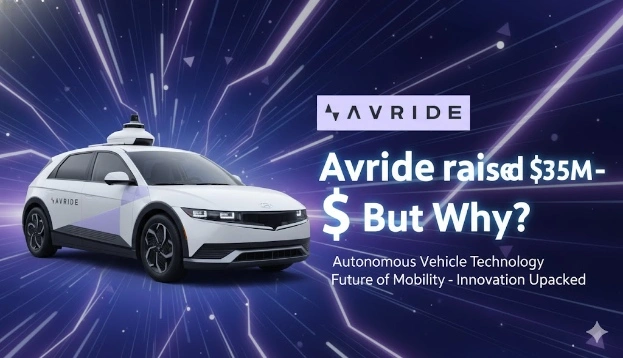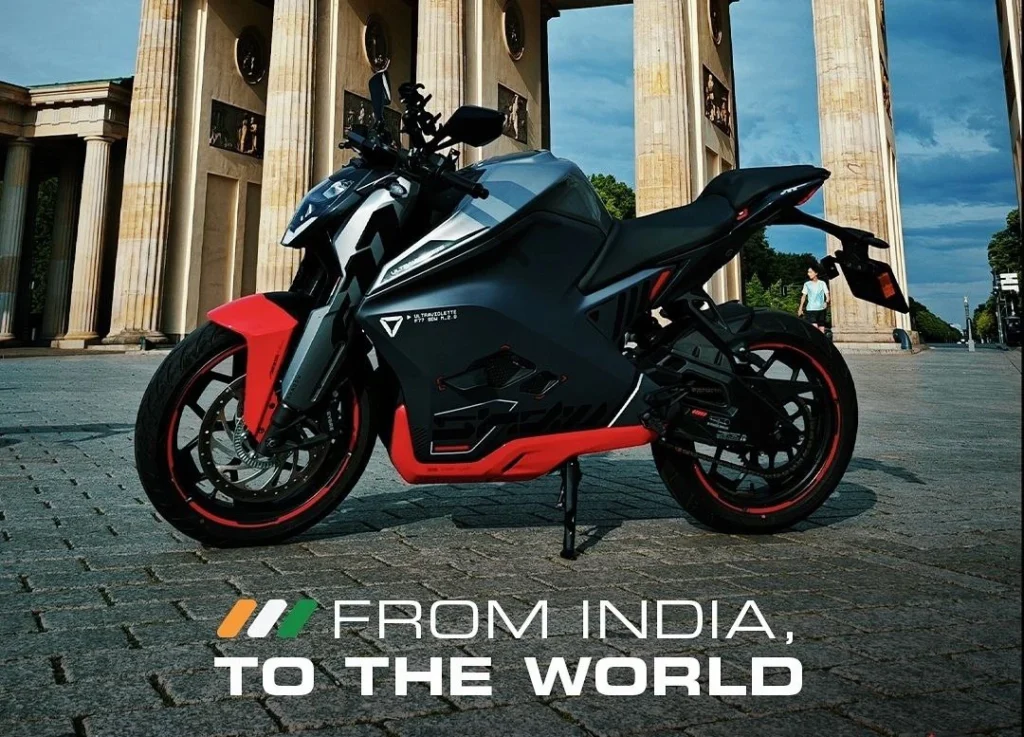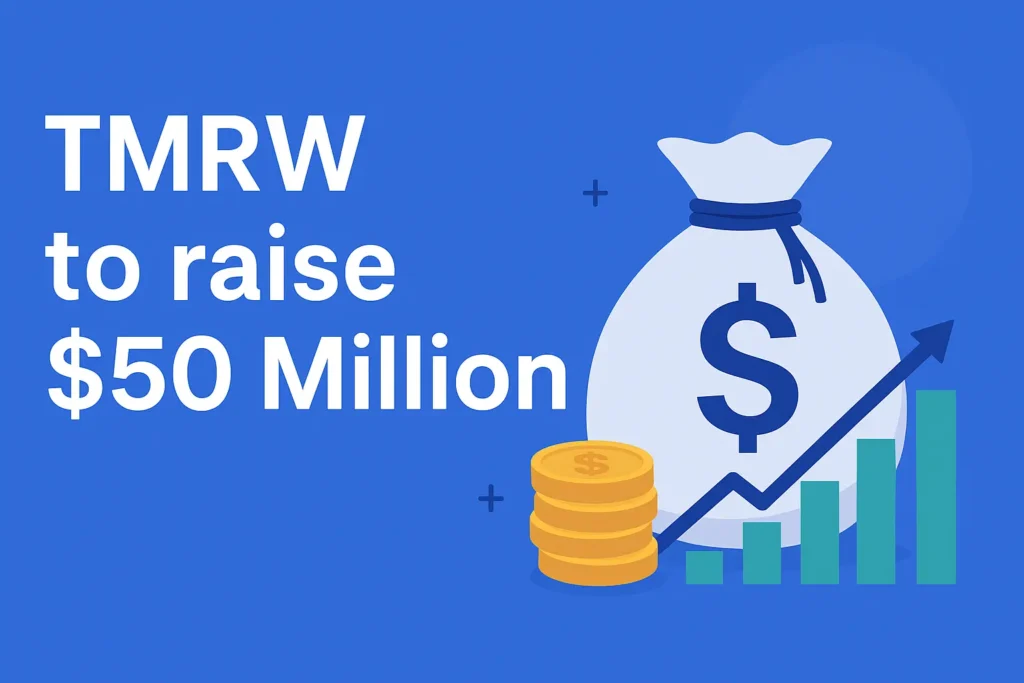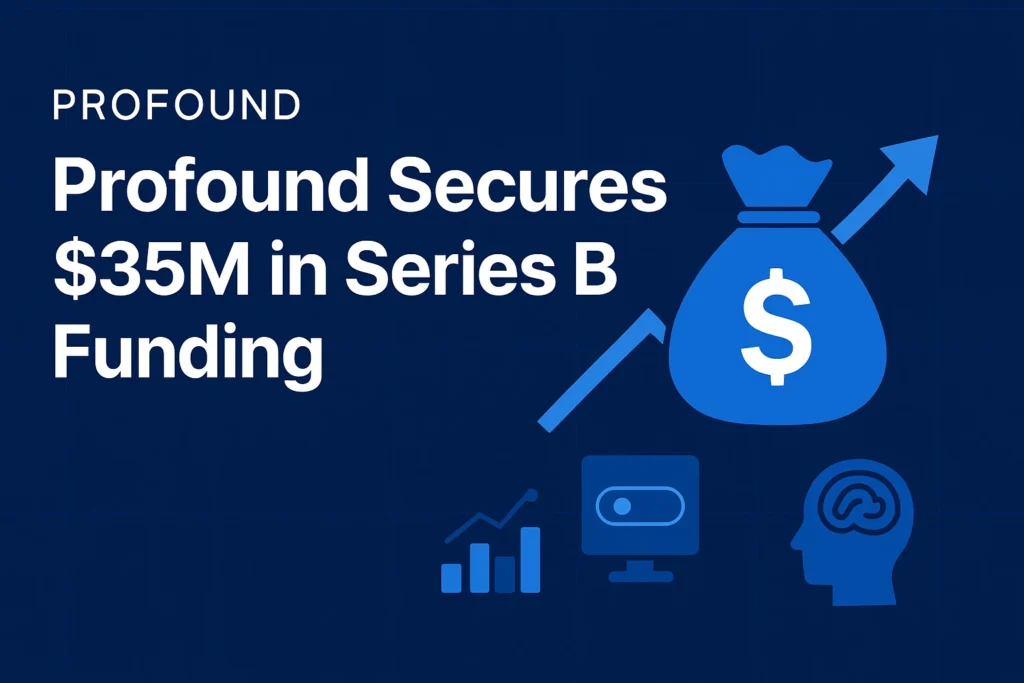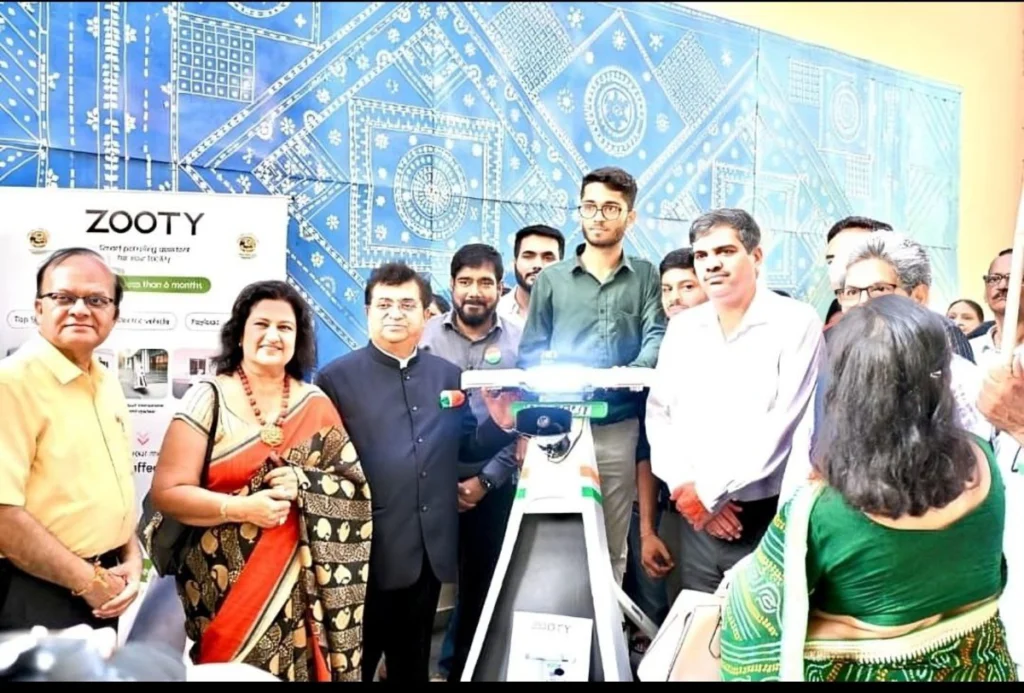Avride, the Austin-based autonomous vehicle developer owned by Nebius Group, has secured up to $375 million in strategic investments and commercial commitments from Uber Technologies and Nebius. Led by Uber’s mobility integration strategy and Nebius’ AI infrastructure ambitions, this funding round raises a crucial question: why is nearly $400 million flowing into yet another autonomous vehicle startup when Waymo and Cruise already dominate headlines, and the robotaxi market remains years from mass profitability?
The $43.76 Billion Opportunity Nobody Predicted This Fast
The answer lies in understanding what’s happening beneath the surface of autonomous mobility transformation. Despite the global robotaxi market valued at just $1.95 billion in 2024, projections indicate explosive growth to $43.76 billion by 2030—representing 73.5% compound annual growth that positions this sector among transportation’s fastest-expanding segments. More remarkably, while autonomous vehicle technology has languished in testing phases for years, commercial viability emerged suddenly as Level 4 systems achieved safety validation enabling driverless operations without human backup.
Avride operates a dual-technology platform unique in the industry: autonomous robotaxis built on retrofitted Hyundai Ioniq 5 EVs alongside sidewalk delivery robots, both powered by shared AI infrastructure enabling continuous learning across modalities. Since founding in 2020 as a Yandex self-driving group spinoff, the company has completed hundreds of thousands of delivery orders through partnerships with Uber Eats and Grubhub across Jersey City, Austin, and Dallas. CEO Dmitry Polishchuk—leading the team of former Yandex engineers developing autonomous technology since 2017—targets scaling the fleet to as many as 500 vehicles by 2026, with robotaxi service launching on Uber’s platform in Dallas by end of 2025.
Why Uber Chose Partnership Over Ownership
Avride’s massive valuation trajectory provides context for Uber’s strategic shift from developing proprietary autonomy to aggregating multiple autonomous partners. When Uber sold its Advanced Technologies Group to Aurora in 2020, the move signaled recognition that ride-hailing platforms need not own underlying technology to capture autonomous mobility value. Partnerships with Waymo, Cruise, Motional, and now Avride position Uber as the marketplace connecting autonomous fleets with rider demand—avoiding capital-intensive R&D while maintaining customer relationships.
The funding structure reflects this strategic alignment: Uber and Nebius may inject additional capital if Avride hits performance milestones, potentially bringing total funding to the full $375 million. This performance-linked structure aligns incentives around commercial deployment rather than research milestones. Nebius, which emerged from Yandex’s corporate restructuring following founder Arkady Volozh’s EU sanctions in 2022, retained control of Yandex’s self-driving technology and rebranded operations as Avride. The Amsterdam-headquartered group positions autonomous vehicles alongside AI cloud infrastructure, aiming to monetize both computation and physical mobility.
The Technology Integration Behind $375 Million
The funding round brings Uber as strategic partner deepening the multi-year agreement signed in 2024 that laid groundwork for connected autonomous mobility. Sarfraz Maredia, Uber’s Global Head of Autonomous Mobility & Delivery, stated: “We’re excited to continue deepening our partnership with Avride and look forward to introducing their impressive autonomous driving technologies to more people in more markets.”
The timing coincides with autonomous technology reaching commercial readiness across multiple players. Waymo operates over 700 robotaxis processing 150,000+ paid rides weekly across Phoenix, San Francisco, and Los Angeles. Baidu’s Apollo Go completed hundreds of millions of autonomous rides across Chinese cities. Yet Avride differentiates through dual-modality approach: vehicle autonomy and delivery robots sharing AI development, sensor fusion algorithms, and perception systems. This architectural decision enables faster learning curves as insights from millions of delivery robot interactions—navigating sidewalks, crosswalks, and unpredictable pedestrian behavior—improve passenger vehicle safety systems operating in adjacent environments.
Why This Matters For Autonomous Mobility Economics
Avride’s $375 million commitment positions the company within broader 2025 robotaxi dynamics where operational economics increasingly justify massive investments:
Fleet Economics Transformation: For ride-hailing platforms, driver compensation represents the single largest expense. Robotaxis eliminate this cost while operating 24/7 without fatigue limitations, potentially doubling or tripling vehicle utilization rates. McKinsey estimates autonomous taxis could reduce ride costs 40-50% versus human-driven alternatives once deployed at scale.
Regulatory Momentum Accelerating: Cities like San Francisco, Phoenix, Austin, and Wuhan have approved commercial robotaxi operations without safety drivers—regulatory milestones enabling revenue generation rather than perpetual testing. Dubai aims for 25% of all trips autonomous by 2030, while China’s government presents systematic frameworks supporting large-scale autonomous deployment.
Technology Convergence Validated: The 2.5 million robotaxi fleet projected by 2030 relies on Level 4 and 5 autonomy achieving 85% of market share, up from minimal penetration today. Avride’s technology features lidar, radar, cameras, and proprietary computational hardware designed for high redundancy—sensor fusion architectures validated across hundreds of thousands of autonomous miles without at-fault accidents.
The Answer: Platform Play for Autonomous Infrastructure
So why $375 million for Avride? Because the company combines elements institutional investors value: proven deployment executing hundreds of thousands of autonomous orders commercially, dual-technology platform enabling cross-learning between vehicle and delivery modalities, and strategic timing where Uber integration provides distribution avoiding customer acquisition costs that plague standalone robotaxi operators.
The investment validates that autonomous mobility winners emerge through platform integration rather than technology isolation. With robotaxis projected to reach 2.5 million vehicles by 2030 worth $40 billion in industry value growing 60%+ annually, and autonomous vehicle market reaching $214.32 billion by 2030, Avride positions itself capturing value across passenger transport and delivery logistics simultaneously.
I’m Araib Khan, an author at Startups Union, where I share insights on entrepreneurship, innovation, and business growth. This role helps me enhance my credibility, connect with professionals, and contribute to impactful ideas within the global startup ecosystem.
